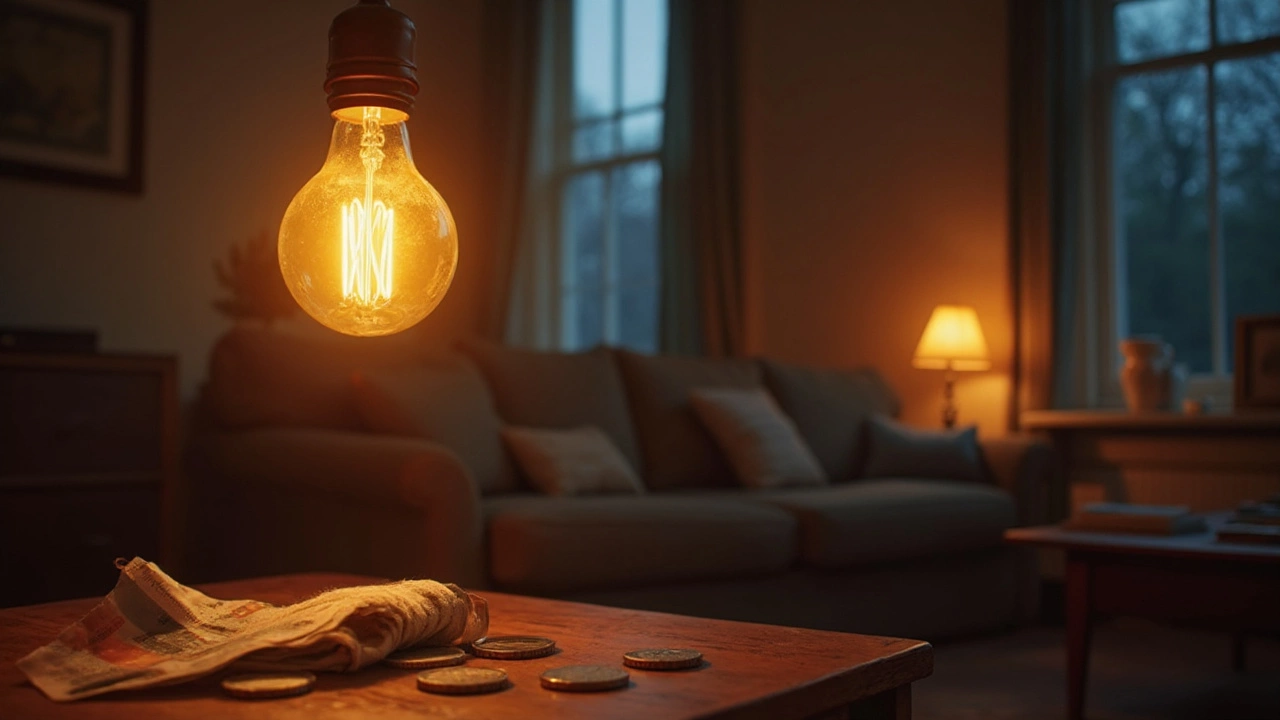Energy Saving Made Easy for Your Home
Ever looked at your energy bill and thought, “There’s got to be a cheaper way?” You’re not alone. Small changes around the house can add up fast, and you don’t need to spend a fortune to start saving. Below are practical ideas you can try today, plus a few upgrades that keep paying you back year after year.
Quick Wins That Pay Off Fast
First, swap out old bulbs for LEDs. They use up to 80% less power and last forever compared to incandescent lights. If you love bright rooms, choose daylight‑balanced LEDs; they mimic natural light and make spaces feel larger without turning up the thermostat.
Next, give your windows a quick draft check. Grab a lit candle and move it across the frame—if the flame flickers, air is leaking. Sealing those gaps with weather‑stripping or caulk costs pennies and can shave 10% off heating bills.
Don’t forget your appliances. Unplug chargers, coffee makers, and TV boxes when not in use; they draw power even on standby. A power strip makes this painless—just switch the whole strip off at night.
Smart Upgrades for Long‑Term Savings
When you’re ready to invest a little more, think about flooring. Certain flooring materials, like engineered hardwood or luxury vinyl plank, have low thermal conductivity, meaning they stay cooler in summer and retain warmth in winter. Pair them with a thin underlay to improve insulation without raising costs.
Installing a programmable or smart thermostat is another game‑changer. Set lower temps at night and when you’re out, then have the system warm up just before you return. The savings are real—many households see a 5‑15% drop in heating costs.
Consider upgrading to energy‑efficient windows. Double‑glazed units with low‑E coating reflect heat back inside during winter and block it during summer. It’s a bigger spend, but the reduction in heating and cooling loads often pays itself off in under five years.
Finally, think about your heating source. If you still use a traditional boiler, a modern condensing boiler or a heat pump can be up to 30% more efficient. Even switching to a high‑efficiency electric heater for a single room can lower overall consumption.
All these ideas fit together like a puzzle. Start with the cheap, easy fixes, then plan bigger projects when the budget allows. You’ll see your bills shrink and your home feel cozier—all without sacrificing style.
Most Inefficient Residential Lighting: Why Old Bulbs Still Drain Your Wallet
- Gavin Whitaker
- |
- |
- 0
Wondering what's draining your energy bill at home? This article digs into the most inefficient type of residential lighting and explains why old-school bulbs burn more than just light. You'll learn about how much energy goes to waste, why it costs you more, and what better options to use instead. We'll also bust some common lighting myths and give you real-life tricks to cut energy use. Stay ahead and make your home brighter and cheaper to run.
View more